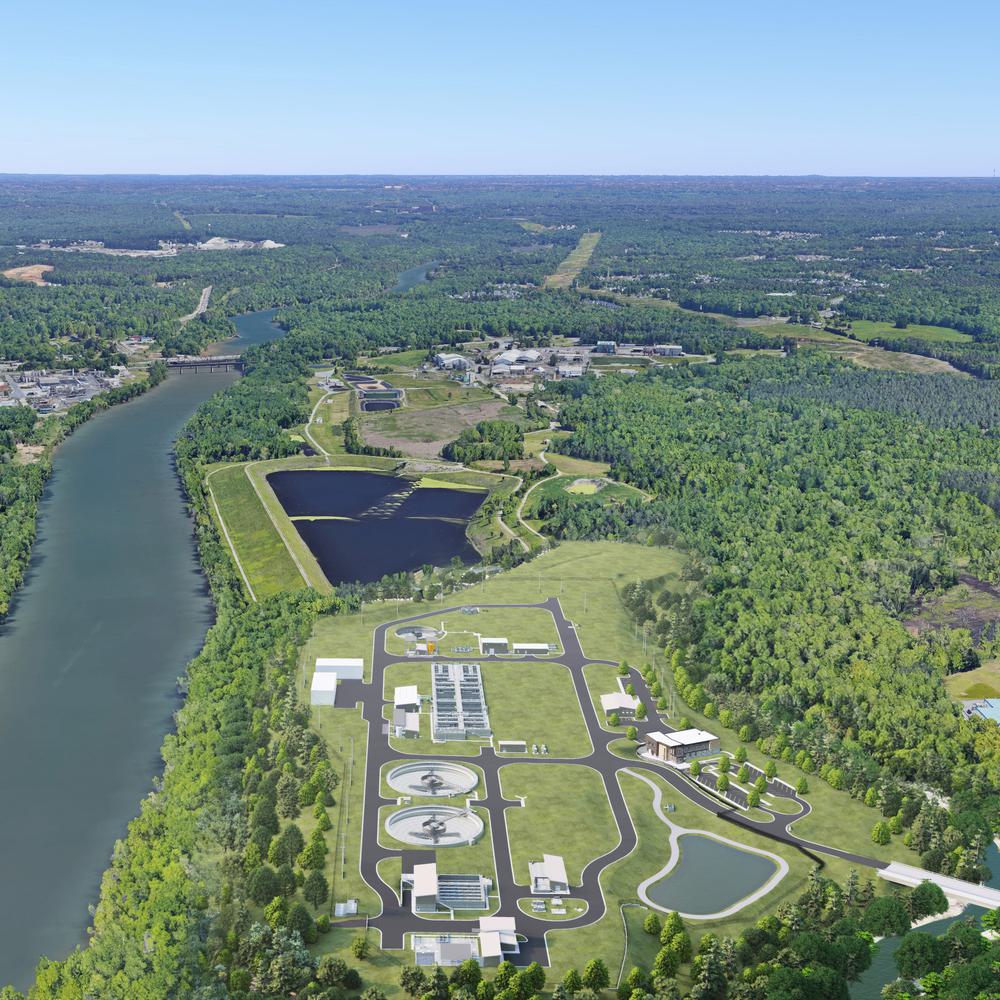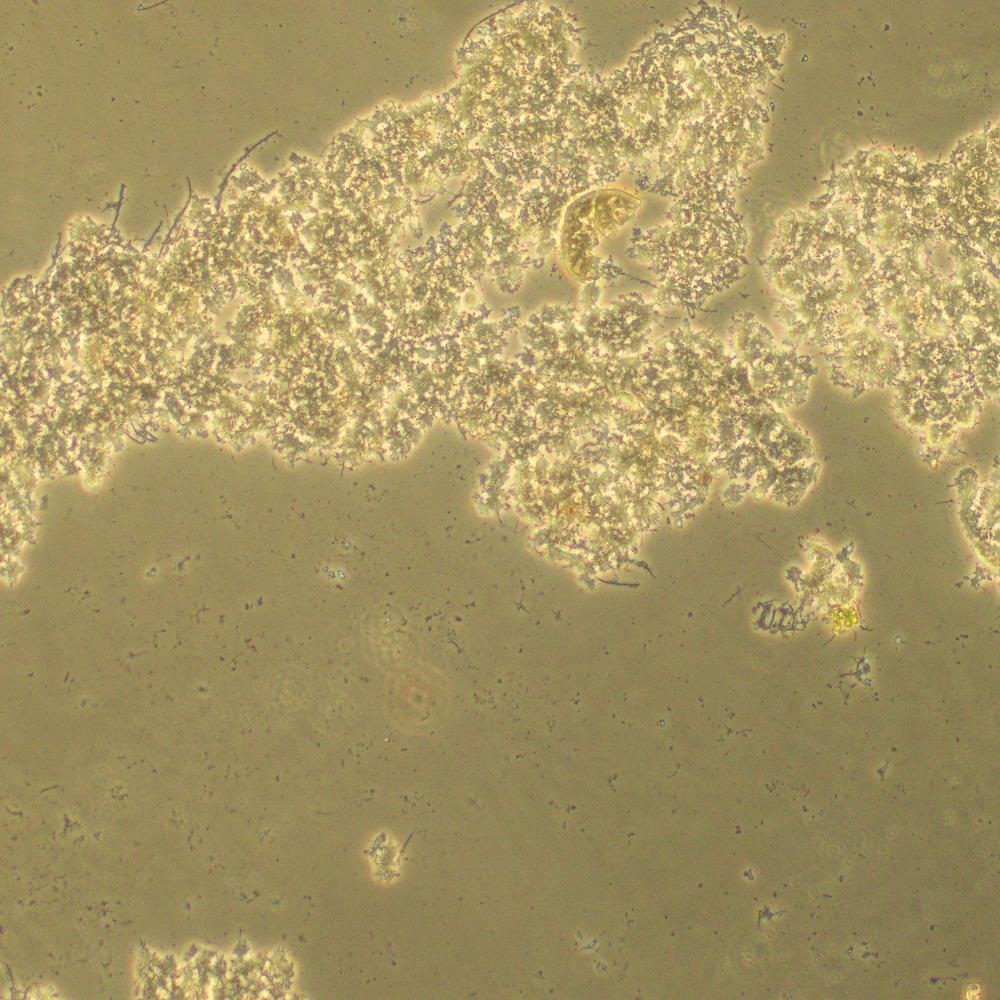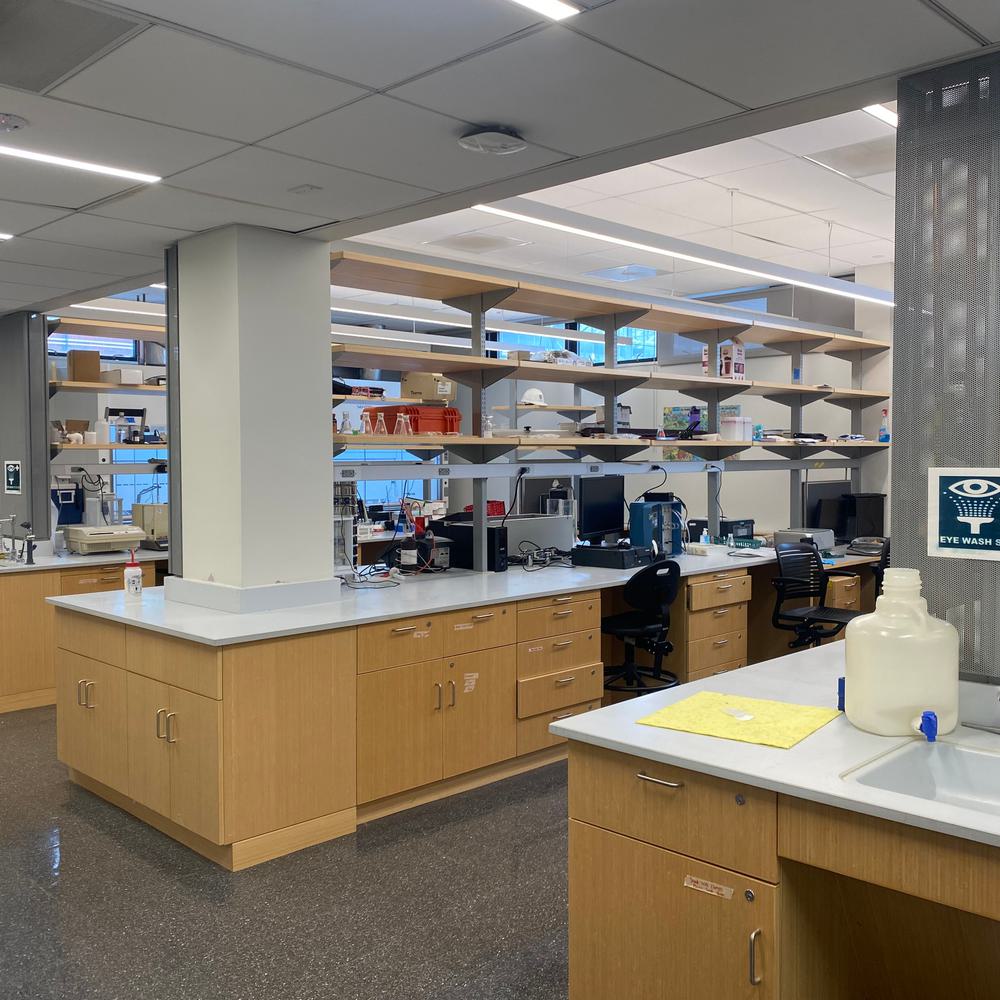Piloting and Optimizing a Newly-Designed MBR-Ozone-RO System
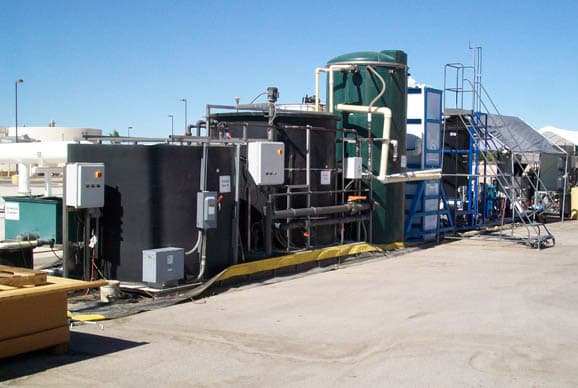
One aspect of this study is optimizing the pre-treatment necessary for RO membranes used to treat wastewater for reuse. This provides the opportunity to use multiple products synergistically to enhance performance of the overall system, to optimize the operation of each individual component, and to achieve stringent treatment objectives in an Integrated Membrane System (IMS). In this case, Hydranautics’ Hydrasub micro-filtration technology, has been combined with activated sludge treatment to operate as a membrane bioreactor (MBR). The MBR filtrate is then treated with ozone or ozone/peroxide as an oxidation step followed by direct feed to the RO membranes with zero dissolved ozone residual.

Ben Stanford leads digital strategy efforts and develops advanced technology solutions for drinking water, water reuse, and wastewater utilities.
Related Topics:
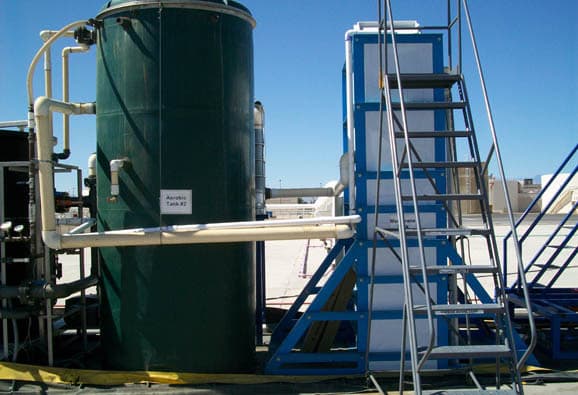
The HYDRAsub-MBR membranes are a new product of submerged, hollow fiber, vertically oriented, polyvinylidene fluoride (PVDF) membranes with a reinforced core. The nominal pore size of the membrane is 0.4 micron and the outer diameter of the fiber is 2.8 mm. The PVDF membrane has high tensile strength and good chlorine tolerance. The MBR effectively removes suspended solids, bacteria, and viruses from the secondary wastewater while reducing sludge generation and system foot print.
The removal of particulates, microbes, and some organic matter is particularly useful for RO operation as any of these three items can cause fouling in the RO membranes themselves. However, the operation of an MBR system is not without its associated energy costs and new products such as this need to be evaluated prior to full-scale implementation. Thus, the Project Team has been evaluating and optimizing the MBR system through the following tasks:
- Testing a new aeration scheme to reduce energy consumption by 30-40%.
- Testing a new filtration cycle for the MBR process in order to increase the net flux.
- Monitoring MBR process performance including the removal of nutrients, bacteria, total suspended solids, pharmaceuticals & personal care products, and effluent organic matter.
- Monitoring RO process performance (fouling) under both MF-RO and MBR-RO strategies to determine the feasibility of MBR as a pre-treatment option in reuse systems.
- Monitoring RO process performance with pre-oxidation (MBR-Ozone-RO, MF-Ozone-RO, MF-UV/peroxide-RO) to determine the effectiveness of pre-oxidation as a strategy to reduce organic fouling of RO membranes.

Project Outcomes and Benefits
- Improved membrane performance due to reductions in organic fouling.
- Decreased energy consumption and operational costs associated with MBR and RO treatment systems.
- Evaluating compliance with all reuse and discharge regulations (e.g., California Department of Public Health Title 22 requirements).
- Reducing the frequency of membrane replacement due to irreversible fouling.
- Understanding the relationship between pre-oxidation and the potential increase in biofouling associated with higher concentrations of biodegradable dissolved organic carbon (BDOC) created during oxidation.
